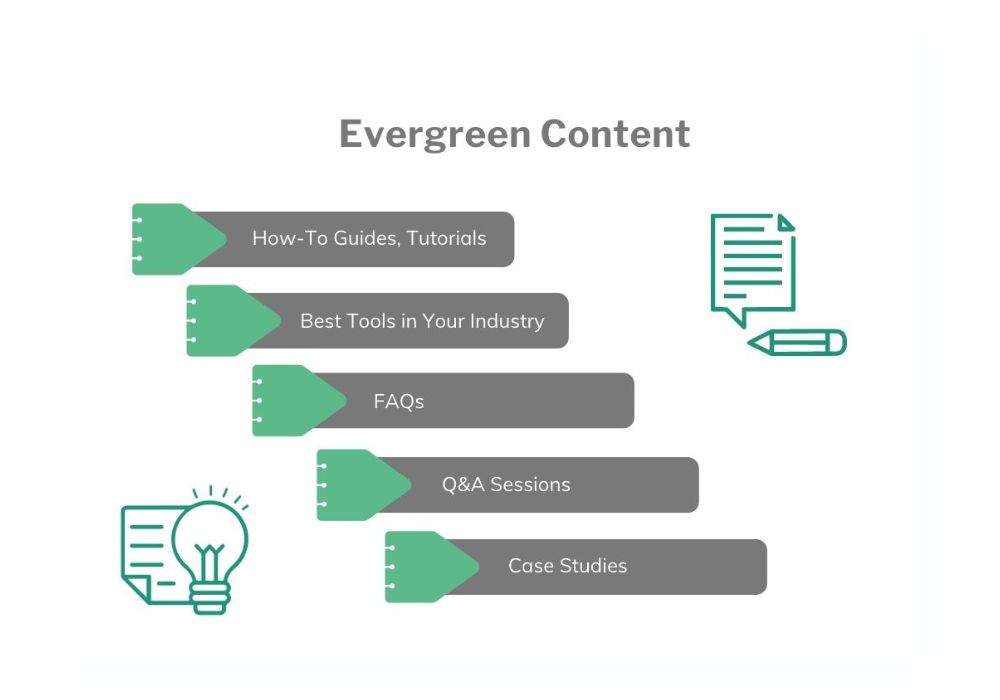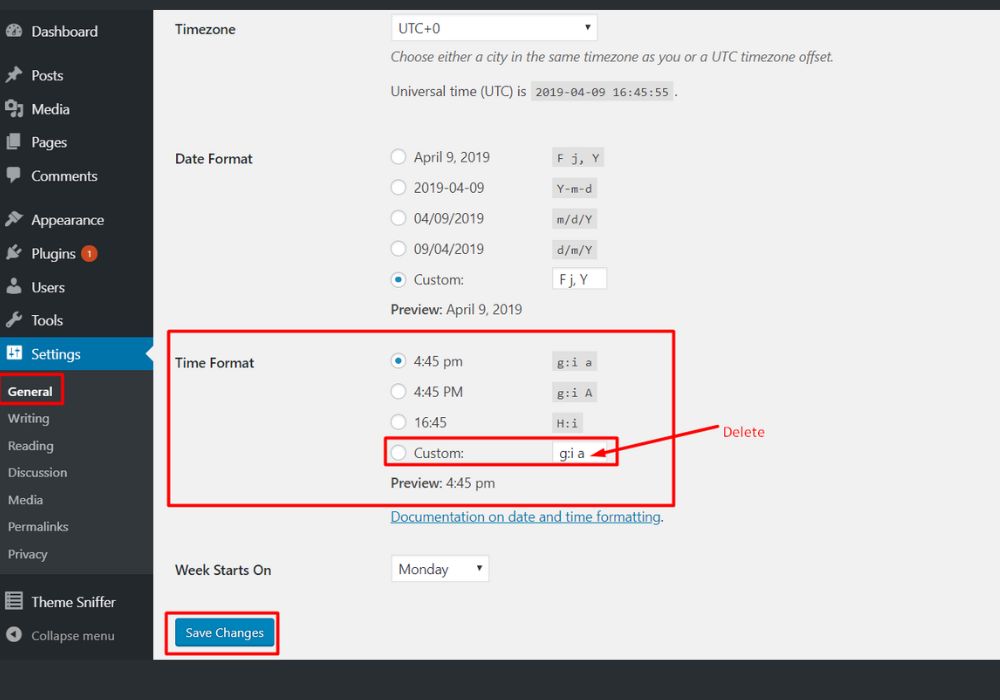Removing dates from your blog can help evergreen content stay relevant, but could affect user trust and transparency. Your decision should align with your content strategy.
Crafting a compelling blog begins with understanding your audience’s needs and the timeless nature of your content. When developing an online resource, it’s vital to weigh the benefits of presenting your material as perennial versus the potential loss of credibility that might come with concealing publication dates.
Content creators often grapple with this choice, balancing the SEO advantages of evergreen material with the audience’s desire for up-to-date information. As trends shift and algorithms evolve, the strategic use of dates in your blog posts can profoundly impact audience engagement and search engine visibility. Therefore, a careful assessment of your blog’s goals and reader expectations is essential before deciding whether to include dates.
For your best blog, you will try the Squarespace website. Squarespace is good for blogging due to its user-friendly interface customizable templates, and aesthetic design options.
Debate Over Dating Blog Posts and boost your evergreen content
Keeping dates on blog posts shows transparency. It lets readers know when the content was written. This can be crucial for time-sensitive subjects. If the information provided is date-specific, such as statistics or event information, dates help with context. Users trust content more when they can see its timeliness.
On the other side, dates may lead to content being prematurely dismissed. Even if the content is evergreen, visitors might think it is outdated. They might leave searching for more recent articles. Not showing dates can help your posts stay relevant longer and reduce bounce rates. Yet, this can also annoy users who seek the latest information.
Evergreen Content And Timelessness

Blog content that remains relevant is known as evergreen content. This type of material stays fresh for readers over time. Examples include how-to guides, tips, and tutorials. By focusing on evergreen topics, you create a resource that continues to attract visitors, long after its original publication. Unlike news articles, these posts do not show an age. They don’t depend on current events. This makes the content valuable for a longer period. Creating timeless blog posts involves certain strategies.
- One must choose topics carefully. They must resonate with your audience, regardless of the year.
- Secondly, write in a style that speaks to the basics, avoiding fleeting trends.
- Thirdly, maintain these posts with periodic updates.
Keeping the information accurate and current aids their relevance. This approach reinforces your site as a trusted resource. This effort will pay off with sustained traffic.
Impact On Seo And Traffic
Removing dates from blog posts might affect your SEO and site traffic. Search engines use dates to understand content relevance. Content freshness impacts rankings. Older content might seem less relevant, lowering its search position.
User engagement is key. Visitors seek fresh, up-to-date information. No dates could confuse the audience, making them doubt the information’s accuracy. It’s crucial to strike a balance; provide current information to keep your readers engaged and improve the freshness factor of your blog.
For your evergreen blog post, the best result you want is from The best WordPress SEO plugin. You use the Yoast SEO plugin It’s widely revered for its comprehensive features and ease of use.
Updating Old Posts
Reviving outdated content can significantly boost SEO and bring fresh traffic. Updating old posts with current information keeps them relevant. Yet, it’s crucial to maintain the original posting dates for transparency. Readers may value the historical context of the post.
Creating a balance between freshness and originality is key. Consider adding a note at the beginning. This note should state the content has been updated for accuracy. Always aim for updates that add value to the reader’s experience. This approach keeps the trust while improving SEO performance.
Best Practices For Date Removal of Evergreen Content

Removing dates from your blog may be beneficial for evergreen content. This content stays relevant regardless of the posting date. Consider date removal for posts that provide timeless information. Ensure your audience finds current value in your articles.
To ensure a smooth transition while removing dates:
- Redirect old URLs if the date is part of the permalink.
- Update internal links to reflect the new URLs.
- Revise any content that references specific dates.
- Check search engine results to ensure updates are indexed.
Test changes in a staging environment first. After applying changes, monitor the user experience and traffic carefully. This will help in spotting any potential issues early on.
Reader Trust And Transparency
Removing dates from blog posts can sometimes boost user trust. It suggests the content is always relevant. Quality information doesn’t have an expiration date. Readers may find the advice useful without worrying if it’s up-to-date.
To ensure your content feels current, focus on creating evergreen topics. Use a tone that’s engaging and language that’s time-neutral. Content should stand on its own, with or without a date, offering value for many years.
| Without Dates | With Dates |
| Seems always valid | May seem outdated |
| Attracts long-term traffic | Could discourage new readers |
| Encourages timeless learning | Time-bound; limited shelf life |
Conclusions
Deciding on date removal from blog posts hinges on your goals. Timeless content can benefit from this, enhancing relevancy and shareability. Yet, for those valuing transparency and historical context, keeping dates is key. Assess your strategy, consider your audience, and choose wisely to keep your content thriving.
